Home > Auctions > 26 November - 1 December 2024
Ancient Art, Antiquities, Natural History & Coins
From a family collection mostly formed in the 1940s-1950s, thence by descent.
Acquired in the 1980s.
From the collection of a London antiquarian.
From a family collection mostly formed in the 1940s-1950s, thence by descent.
Ex London, UK, gallery, 1971-early 2000s.
London, UK, collection.
Ex German art market, 2000s.
Acquired from an EU collector living in London.
From the collection of Surrey, UK, gentleman.
Ex property of a late Japanese collector, 1970-2000s.
Acquired on the London art market in the late 1980s-1990s.
From the family collection of an East London, UK, gentleman.
Ex German art market, 2000s.
Acquired from an EU collector living in London.
From the collection of Surrey, UK, gentleman.
Acquired in the 1980s.
From the collection of a London antiquarian.
From the private collection of Mr K.A., acquired in the 1990s-early 2000s.
From the collection of a gentleman, acquired on the London art market in the 1990s.
From a specialist collection of militaria, London, UK, collected 1990s onwards.
Accompanied by an academic paper by military specialist Dr Raffaele D'Amato, dated 15 July 2019 and titled 'Eastern Roman Empire - Greek Fire Bomb or Hand Grenade (μεσαίον kακάβιον) 9th-11th century AD'.
Cf. Arendt, W. I., Granaten des 13-14. Jahrhunderts, die an der Wolga gefunden sind, Zeitschrift fur Historische Waffen-und Kostumkunde, 11 (1926-8), p.42; cf. Arendt, W., Die Spharisch-konischen Gefasse aus Gebranntem Ton, ibid; cf. Ayalon, D., Gunpowder and Firearms in the Mamluk Kingdom, London, 1956, p.16; the shape is similar with a specimen from British Museum, inventory no. 1882,0720.1 from Bulandshahr, India, in Hildburgh, W.L., ‘Aeolopiles as fire blowers’ in Archaeologia, 94, 1951, pp..27-55, pl.XVI.c.
This piece was a sort of a ceramic fire grenade, similar to the ones used by the Eastern Romans but of Turco-Mongol type. Apart from the use of manual flame-throwers, special corps of soldiers employed terracotta grenades, in the form of small jars, abundantly evidenced in archaeological excavations, even in Burma.
697 - 708 of 3419 LOTS

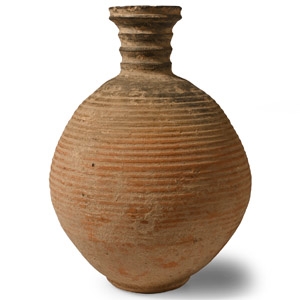

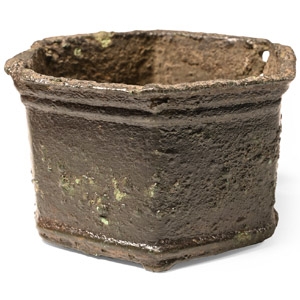

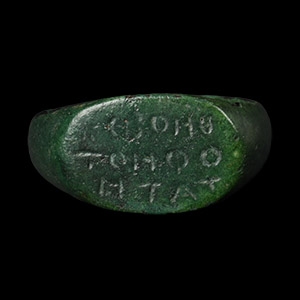
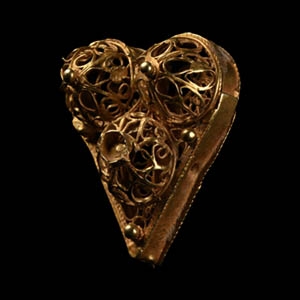
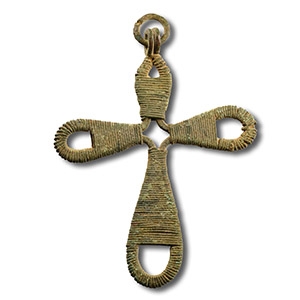
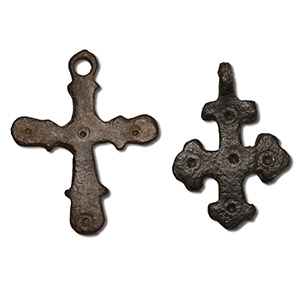

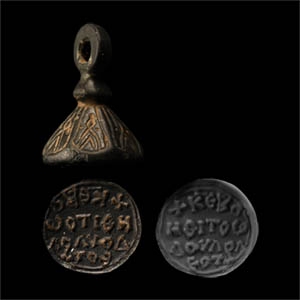

.jpg)



